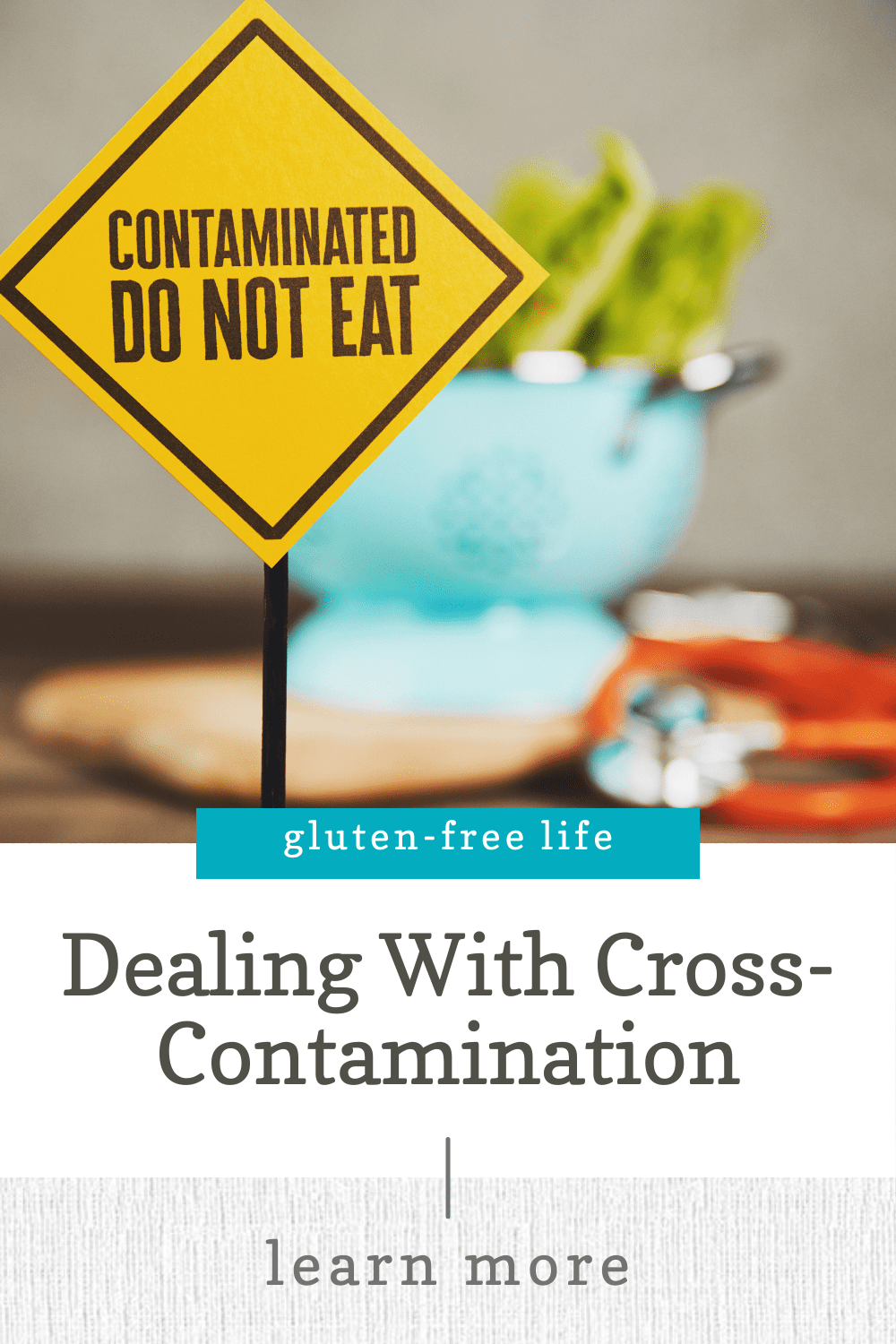As someone who was thrown headfirst into the gluten-free diet without any nutrition background, I know how overwhelming it can be to navigate the ins and outs of gluten-free living, especially as a busy mom. There is an important topic that is often overlooked when you are first starting your journey: cross-contamination and its impact on our gluten-free diets.
However, cross-contamination and the gluten-free diet is an important topic that needs to be brought up more for those who are new to the gluten-free lifestyle.
Understanding Cross-Contamination And The Gluten-Free Diet
What exactly is cross-contamination? Cross-contamination occurs when gluten from one food item accidentally gets transferred to another, potentially causing trouble for strictly gluten-free people.
For example, You’re cooking a gluten-free meal for your family for dinner, but you didn’t clean the kitchen counter after making a PB&J for your youngest. You set down the spoon you’re using right where that PB&J was. The spoon was just cross-contaminated.
Why Is Cross-Contamination a Big Deal?
Knowing why cross-contamination and the gluten-free diet is such a big deal can make or break your new lifestyle. Not only is it frustrating to have to keep an eye out for, but it can also have serious consequences for those of us with severe gluten sensitivity or celiac disease.
The National Institute of Health defines celiac disease as “a chronic digestive and immune disorder that damages the small intestine. The disease is triggered by eating foods containing gluten.”
For celiacs or severe gluten sensitivites, even the tiniest bit of gluten can set off a spiral of sickness, cause a lot of damage, and have long-term consequences.
Crumbs might seem minor to most, but those crumbs can be their worst enemy.
Preventing Cross-Contamination
First things first, it’s all about knowing where you’re at with cross-contamination. For someone who is celiac, it’s a BIG deal to avoid it. However, for someone who is sensitive to larger amounts of gluten, then it might not be as big of a deal.
Setting up a gluten-free kitchen means designating specific areas and equipment for gluten-free cooking. It also means being extra diligent about cleaning and sanitizing.
For some people that may mean investing in separate cutting boards, utensils, and even toaster bags for gluten-free foods. It might seem like a hassle at first, but it’s totally worth it for the peace of mind knowing that you’re keeping gluten at bay.
Knowledge is key when it comes to avoiding cross-contamination on your gluten-free journey. By knowing what is going on in your kitchen you can help keep your health on the right track.
As you journey through the world of gluten-free living, remember that it’s okay to make mistakes along the way. What’s important is that you stay committed to your health and well-being and never hesitate to ask questions!
ABOUT ME

Hey There, I’m Kristin, a gluten-free nutrition coach helping gluten-free families adjust to their new lifestyle.


